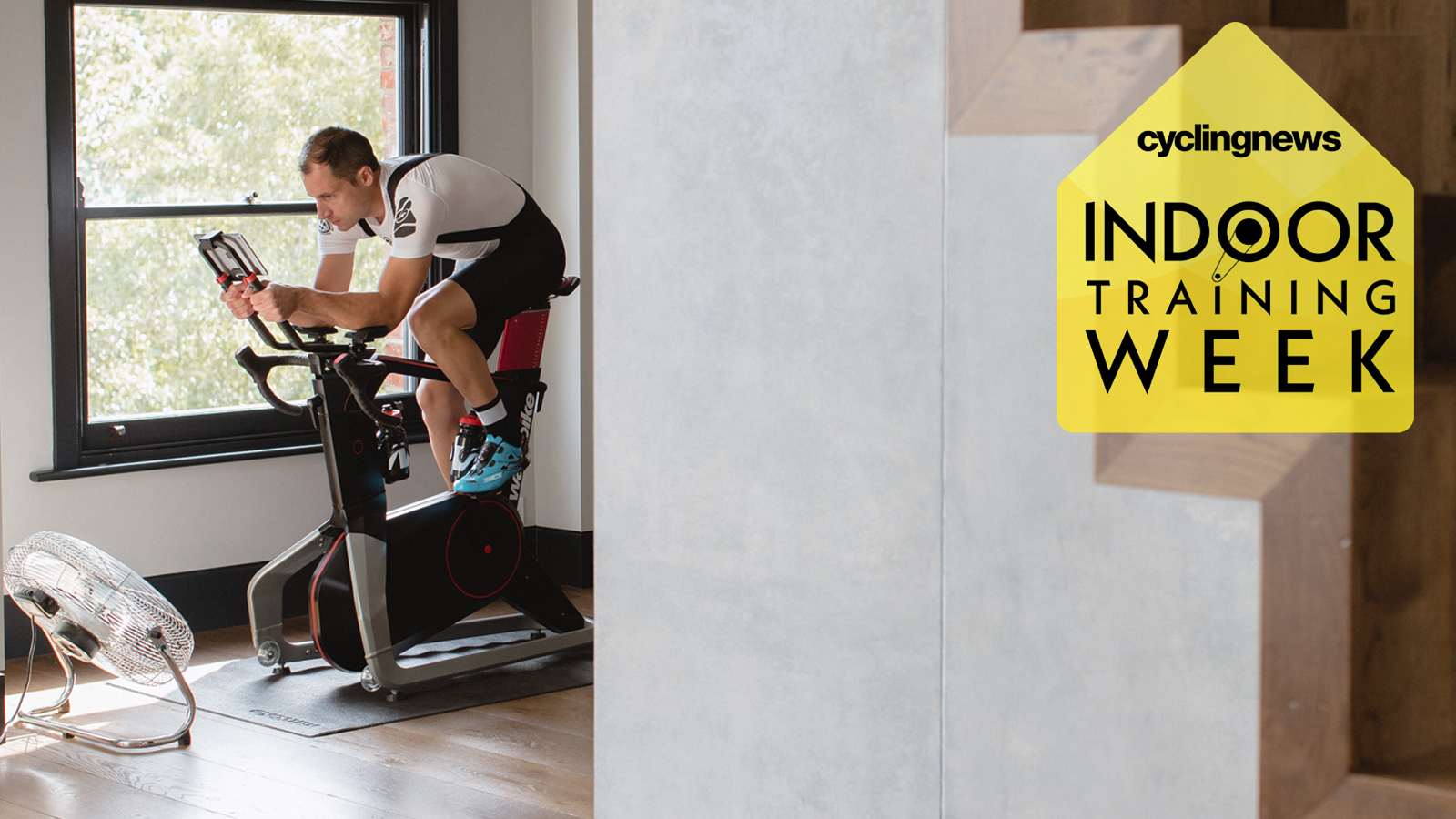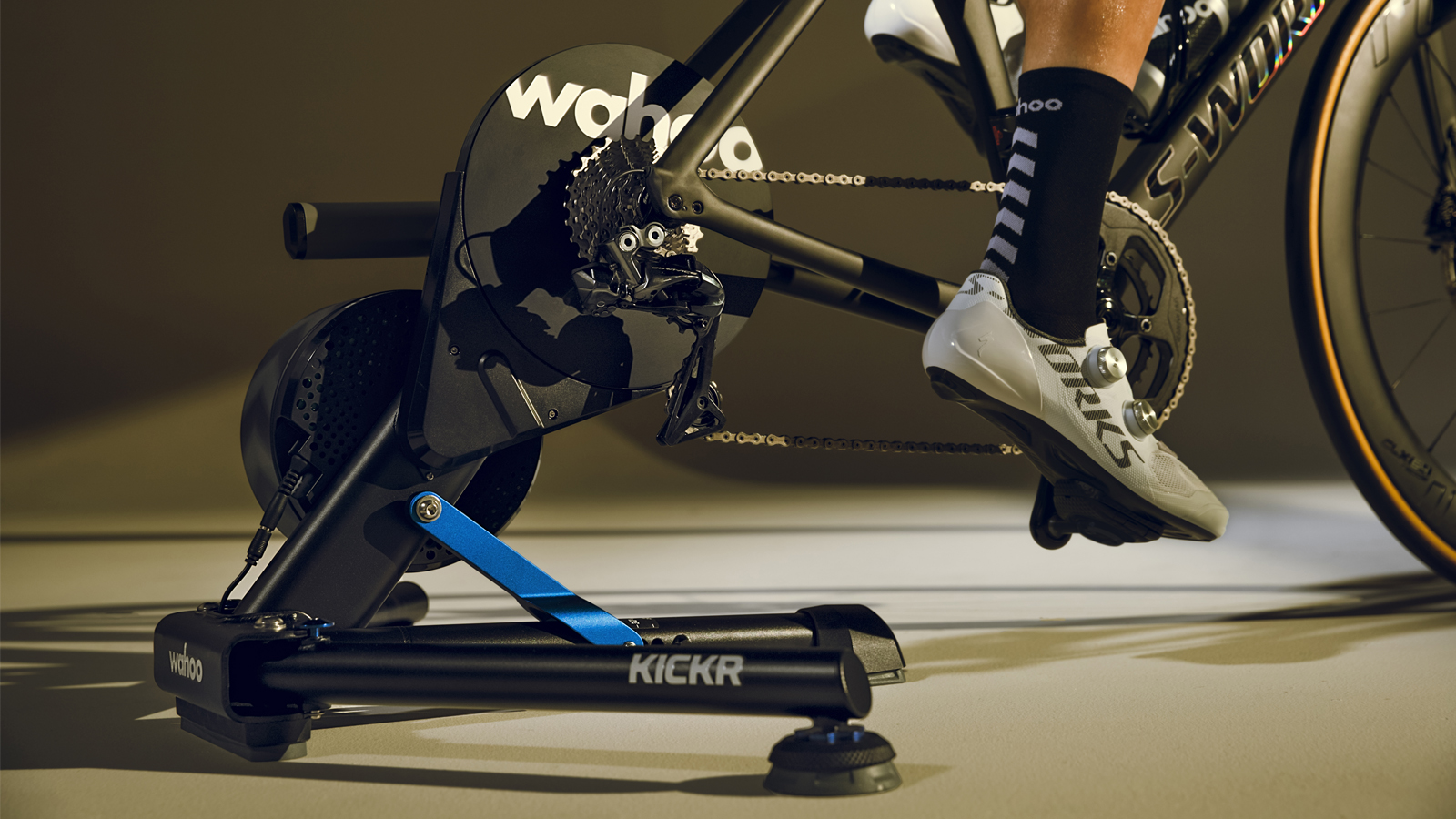Indoor cycling for weight loss
How and why indoor cycling can be the perfect tool to help you achieve your weight loss goals

While we all have several reasons for riding our bikes, a common one is to try and lose some excess weight that we may be carrying. Indoor cycling is a great form of exercise to assist us in losing some weight while making sure we get fitter and healthier.
Cycling is a non-weight bearing endurance-based sport which makes it attractive when it comes to picking a sport for weight loss purposes. As well as these physical benefits, cycling has mental and emotional benefits as we release Endorphins (often referred to as the feel-good hormones) post-exercise which help maintain a good mental state and help you to keep going in pursuit of your goals.
When it comes to weight loss specifically, we need to understand that there are several underlying principles irrespective of the type of exercise that you choose to partake in. Some of these include:
1. Setting realistic goals
Regardless of whether your goal is to lose weight or become a better rider, you need to make sure you set yourself realistic, achievable goals. Make sure to set some short-, medium-, and long-term goals that you believe to be within your reach.
This is vitally important as your goals are the number one factor that motivates you to continue to be physically active, and allows you to drop the extra weight you may be carrying.
2. Get enough, good quality sleep
Get The Leadout Newsletter
The latest race content, interviews, features, reviews and expert buying guides, direct to your inbox!
Good quality sleep has been shown to be important in weight loss. Try and ensure you get roughly six to eight hours (individual dependent) of sleep a night. Not only does this put you in a good position to lose weight, but it will ensure you recover sufficiently from session to session, to allow you to keep going with your training.
3. Avoid sugar and processed food
Try going for a more natural treat or pre-race meal than the sugar-packed bars or treats you may consume pre-ride. While supplements are great for high-intensity sessions, you need to consider your goal of weight loss and use supplements appropriately.
On a personal note, as a coach, I am a big advocate for allowing yourself a treat on the odd occasion. So don’t be scared to order yourself that croissant on the next group training ride, but keep the number of sugary, processed treats to a minimum.
4. Stick to the diet you have chosen to follow
This article is not intended to open a can of worms on the correct diet you decide to follow, but we do suggest that you try your best to stick to a healthy eating plan. Our ultimate guide to cycling nutrition is a good resource, but if you're able, it may be worth consulting a dietitian to help you plan out a good meal plan for yourself to follow. We've also got a guide to nutrition and indoor cycling, which you can tap for even more helpful advice.

How can indoor cycling help?
Indoor cycling provides a great platform for any individual to get into a good exercise routine. We can get a good workout done, in a short space of time, and often this can be done in the comfort of your own home - what’s not ideal about that?
The main aim of any weight loss programme is to consume fewer calories than you expend on a day-to-day basis. While it's not as simple as this, exercise is one of the best ways to increase calorie expenditure, and therefore, assist weight loss.
The best turbo trainers allow us to do regular exercise sessions in a safe, controlled environment. The addition of indoor cycling apps such as Zwift, Rouvy and TrainerRoad, has made riding indoors more enjoyable, which is ideal as it keeps us motivated to stick to a training regime to assist our weight loss.
For these tips to lose weight with indoor cycling, we'll be focusing on what's called the Polarised training approach, which is where you spend around 80 per cent of your sessions at a low intensity, and the other 20 at a high intensity.
80 per cent: Ride often at an easy to moderate pace
In general, fat burning is greatest at low to moderate intensity. Therefore, to make sure we use fat as a fuel source, we need to exercise at an intensity that focuses on this.
Riding at an intensity of roughly 60-75 per cent of your maximum heart rate will allow you to focus on using fat as your main source of energy during activity.
Sessions of 45 minutes to an hour can easily be done daily indoors.
20 per cent: Add some high-intensity intervals into your training
While lower intensity exercise focuses on using fat as a fuel source, high-intensity training allows us to burn a larger total number of calories. There has been a large debate on which method is ideal for weight loss, with many practitioners recommending a combination of the two, and this is Polarised training.
Adding two to three sessions per week at a high intensity is very achievable, with indoor training being the ideal setup for you to complete these sessions.
Include some fasted training
Fasted training is exactly what the name says, training in a fasted state. These sessions are often also referred to as IMTG (Intra-Muscular triglycerides) sessions and are best achieved by exercising before breakfast.
Your body is forced to use its fat stores as fuel during training due to a lack of carbohydrates. These sessions can be taxing and tricky initially, and therefore doing them indoors provides you with a safe environment to complete them in.
Have fun
Having fun makes it easier to maintain any form of regular exercise. Explore the various routes of your online training platform, interact with the individuals from all over the globe you are riding with, join some group rides or even join a race every now and then.
There have never been so many tools at our disposal to make indoor cycling as enjoyable as it is currently, so make sure you jump online and have some fun, and before you know it, you'll find yourself in a regular exercise routine.
Jarred Salzwedel completed his Honours degree in Sports Science at the Nelson Mandela Metropolitan University in 2013. His Master's degree focused on investigating training adaptations to differing high-intensity interval training programmes in cyclists.
He has raced both on the road and track at a National level in the Junior ranks which led to his interest in the science behind training and conditioning, as well as his passion to help athletes optimise their performance.
Jarred owns and manages Cycle Dynamic Coaching - a coaching platform that looks after and advises some of South Africa’s top Road and Track cyclists. He has extensive knowledge in exercise physiology having previously focused on the physiological testing of endurance athletes.
